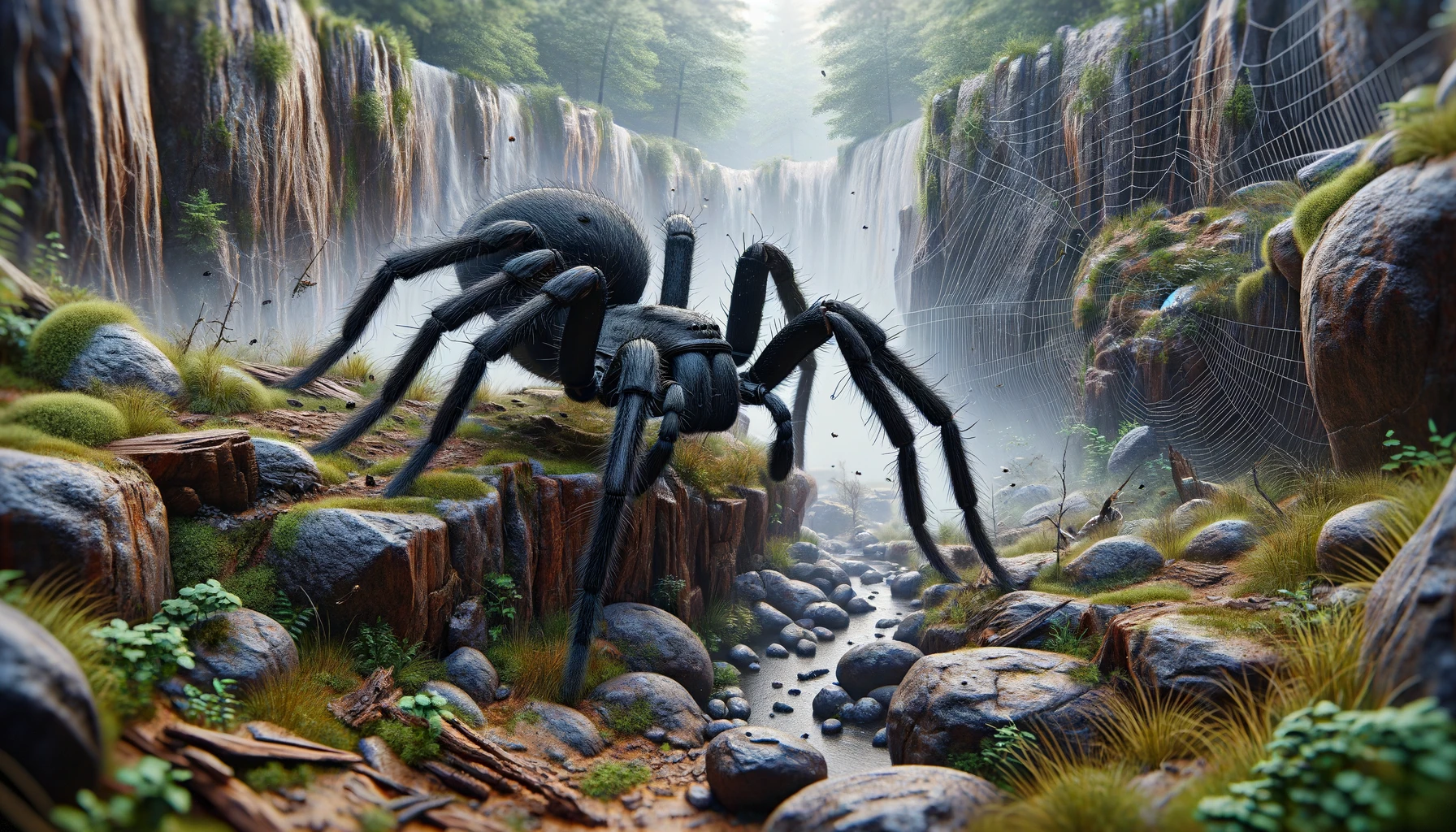The Black House Spider (Badumna insignis) is a species of spider commonly found in Australia and New Zealand, renowned for its distinctive webbing and preference for residing in human dwellings and other structures. Understanding the habitat preferences of the Black House Spider is crucial for both managing their presence in human environments and appreciating the ecological roles they play. This article delves into the natural habitats, behavioral patterns, and ecological significance of these spiders, providing insights for enthusiasts and homeowners alike.
Key Takeaways
- Black House Spiders prefer dark and sheltered environments.
- They are commonly found in window frames, wall crevices, and under eaves.
- Their webs are messy and funnel-shaped, serving as effective traps for prey.
- Understanding their habitat preferences can help in managing their presence around homes.
(TOC)
- Introduction
- Natural Habitats
- Adaptation to Urban Environments
- Web Structure and Location Preferences
- Behavioral Patterns
- Ecological Significance
- Frequently Asked Questions
Natural Habitats
Black House Spiders thrive in a variety of natural environments, from forests to scrublands, demonstrating a strong preference for spaces that offer protection from the elements and a steady food supply. These spiders are particularly fond of occupying tree trunks, rock walls, and any natural crevices they can find.
Adaptation to Urban Environments
As urban areas expand, Black House Spiders have shown remarkable adaptability in colonizing new environments. They are commonly found in residential areas, making homes in window frames, doorways, and other man-made structures. This adaptability highlights their preference for dark, sheltered spaces, even in urban settings.
Urban Habitat Table
| Location | Description |
| Window Frames | Dark, sheltered, and abundant prey |
| Wall Crevices | Protection from predators |
| Under Eaves | Ideal for web construction |
Web Structure and Location Preferences
Black House Spiders construct distinctive, messy, funnel-shaped webs that serve as both homes and traps for prey. The placement of these webs is strategic, maximizing the spider’s chances of capturing insects while minimizing exposure to predators.
Behavioral Patterns
Understanding the behavioral patterns of Black House Spiders is key to appreciating their habitat preferences. These spiders are predominantly nocturnal, hunting during the night and retreating to the safety of their webs by day. Their sedentary lifestyle means they rarely venture far from their webs, relying on the strategic placement of their homes to capture food.
Ecological Significance
Black House Spiders play a crucial role in their ecosystems, acting as both predators and prey. Their presence in urban environments can also be beneficial, helping control insect populations around homes.
Frequently Asked Questions
What do Black House Spiders eat?
Black House Spiders primarily feed on insects such as flies, moths, and other small arthropods caught in their webs.
Are Black House Spiders dangerous?
While they can bite in self-defense, their venom is not considered dangerous to humans, typically resulting in localized pain or swelling.
How can I safely remove a Black House Spider from my home?
Gently coaxing the spider onto a piece of paper or into a jar and releasing it outside is a humane method for removal.
Advanced Insights into Black House Spider Behavior
Recent studies have shed light on the complex behaviors of Black House Spiders, including their hunting tactics, mating rituals, and territorial disputes. Understanding these behaviors provides deeper insights into their habitat preferences.
Table: Behavioral Insights of Black House Spiders
| Behavior | Description |
| Hunting Technique | Ambush predators, relying on their webs to trap prey |
| Mating Rituals | Males perform delicate courtship dances to avoid being mistaken for prey |
| Territoriality | Females are highly territorial, seldom leaving their webs |
This article has explored the habitat preferences of the Black House Spider, highlighting their adaptability, ecological significance, and the importance of coexistence with humans. From their natural habitats to their behavior and contributions to biodiversity, it’s clear that these spiders are integral to our ecosystems.
